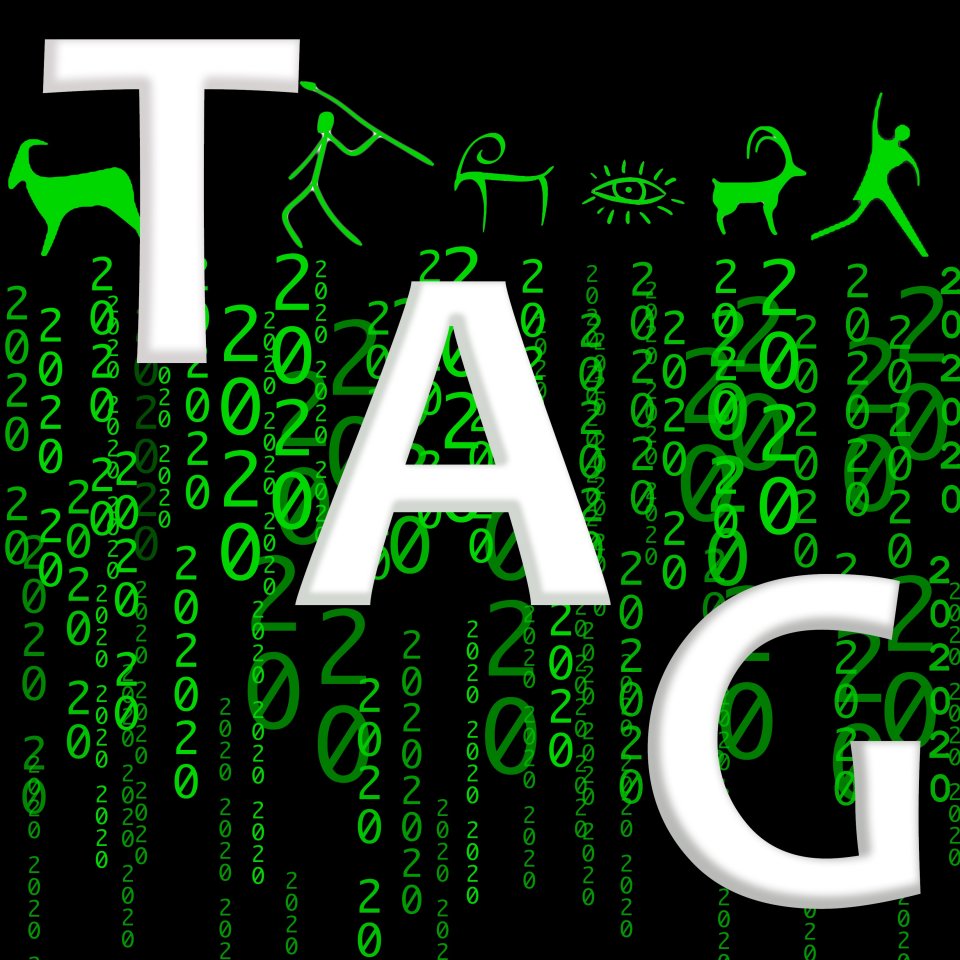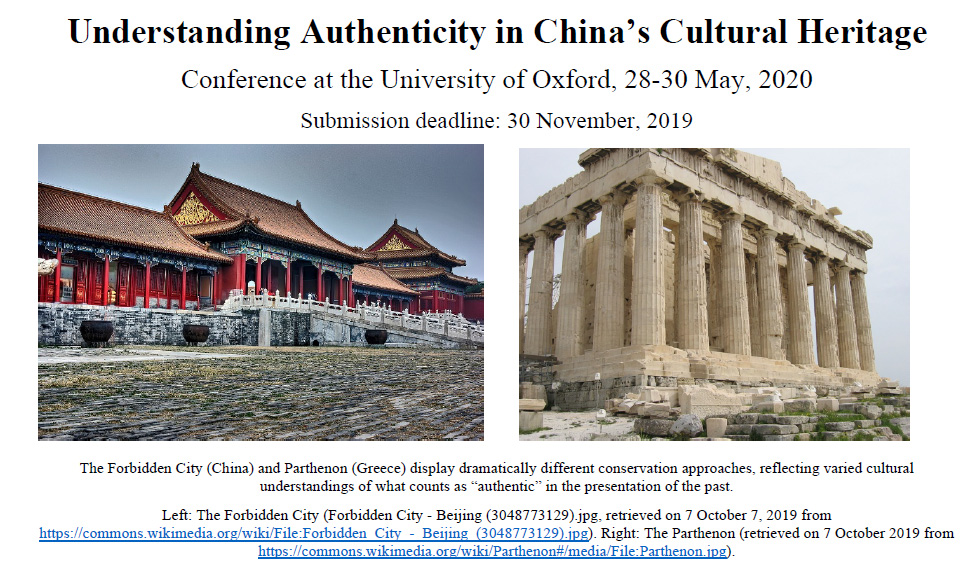Dr Keith Knapp has once again created his yearly digest of publications relating to the archaoelogy of East Asia. This excellent resource summarizes a large number of archaeology-related articles that have been published in the last year. For the full digest please visit: https://www.academia.edu/41475529/2019_East_Asia_Archaeological_Digest
SEAA News Blog
New fieldwork or research discoveries? Upcoming conference or workshop? New job opening or fellowship posting? New book?
Share the latest news of your work with your colleagues, advertise for job or fellowship openings, find participants for your conference session and more on the SEAA blog.
Guidelines: All posts should be related in some way to East Asian Archaeology. When writing your post, please use capital letters for surnames. Original script (Chinese, Korean, Japanese) for East Asian place names, personal names, or archaeological terms is encouraged. For the transcription of East Asian language terms, Pinyin for Chinese, Hepburn for Japanese, and the Korean Government System (2000) for Korean is encouraged.
Contributions should be limited to around 500 words and 1-2 images. For longer descriptions of your projects, you may consider the Reports section of the Bulletin (BSEAA).
Members can submit their news posts to the SEAA web editor via the website (see SEAA Members' Area for details and instructions on blog submissions) or via email. Non-member contributions are also welcome and may be submitted via email to the SEAA web editor.
The editor(s) reserves the right to carry out minor editing, or to decline contributions inappropriate to the objectives of SEAA.
The Department of Archaeology at Durham University seeks to appoint a talented individual to the role of Assistant Professor. We welcome applications from those with research and teaching interests in the broad field of zooarchaeology from any part of the world and we are particularly eager to hear from applicants capable of directing research on the zooarchaeology of East and South East Asia and Africa.
INSTITUTE OF ASIAN AND ORIENTAL STUDIES / CHINESE STUDIES
The Traditional China Chair at the Institute of Asian and Oriental Studies
of the University of Zurich is looking for a postdoc in East and Central
Asian archaeology, art history or palaeozoology/-botany. Postdoctoral work
will be carried out under the auspices of the Swiss National Science
Foundation (SNSF) project “Sino-Indo-Iranica rediviva – Early Eurasian
migratory terms in Chinese and their cultural implications” (PI: Prof.
Wolfgang Behr). The project will investigate Central Asian loan words of
Iranian, Indian, Tocharian and other linguistic origins in Chinese
epigraphical and transmitted texts from early antiquity to the Sui
unification (581 CE). Linguistic results will be compared to evidence from
from material culture and the natural environments with the aim of gaining
deeper insights into the development of the flourishing trade routes
linking China and Central Asia since the onset of writing in China.
As part of the project, a database of Chinese terms with their (putative)
foreign equivalents and material culture correlates will be compiled and
published online. The successful applicant will conduct a thorough
investigation of material traces reflecting contact during the time of the
investigated textual evidence in close coordination with the other three
project participants as well as external collaboration partners.
INSTITUTE OF ASIAN AND ORIENTAL STUDIES / CHINESE STUDIES
The Traditional China Chair at the Institute of Asian and Oriental Studies of the University of Zurich is looking for a doctoral candidate in Middle Iranian linguistics. Work towards the Ph.D. will be carried out under the auspices of the Swiss National Science Foundation (SNSF) project “Sino-Indo-Iranica rediviva – Early Eurasian migratory terms in Chinese and their cultural implications” (PI: Prof. Wolfgang Behr). The project will investigate Central Asian loan words of Iranian, Indian, Tocharian and other linguistic origins in Chinese epigraphical and transmitted texts from early antiquity to the beginning of the Sui dynasty (581 CE). Linguistic results will be compared to evidence from material culture and the natural environments, as reflected by archaeological, paleobotanical, -zoological or art historical data, with the aim of gaining deeper insights into the development of the flourishing trade routes linking China and Central Asia since the onset of writing in China.
TAG 2020 at Stanford University
May 1-3, 2020
TAG 2020 Stanford aims to facilitate archaeological conversation across a range of topics, formats, and media. The conference will include a variety of events: a full-day plenary debate on the “Potentials and Limits of Big Data” in archaeology; two days of thematically open, concurrent breakout sessions; and a range of art exhibitions to stimulate conversations about the intersections of ethics, politics, and archaeological practice. In the spirit of the Stanford Archaeology Center, a space that fosters collaboration and discussion among archaeologists in different disciplines, we welcome sessions and papers on all current archaeological topics.
The Asian Studies Program at Vanderbilt University is accepting applications for a tenure-track Assistant Professor in Asian Environmental Studies to begin in the Fall 2020 semester. Regional specialization is open to any area(s) of East, South, and Southeast Asia. Academic training may come from any discipline(s) in the humanities, social sciences, and natural sciences.
The Department of Asian Studies and Anthropology Program at Furman University invite applications for a full-time, tenure-track, Archaeology of East Asia position beginning August 2020 at the assistant, associate or full level.
We seek an archaeologist with teaching and research specialization in East Asia and/or Southeast Asia and experience directing or running a field school and/or willingness to start one.
What we deem to be genuine or fake is not an objective determination, but something that we agree upon as communities. Debates about authenticity, moreover, are often intimately bound to question who owns the past and its representation. Please join us at Oxford on May 28th-30th, 2020, for a discussion on the construction of “authenticity,” both historically and today, in relation to China’s cultural heritage (those objects and texts concerned with China’s past). Applications are now invited for the presentation of papers (~20-30 minutes in length) on this theme.
The Esherick-Ye Family Foundation is pleased to announce its fourth annual competition for small grants of up to $5,000 to support projects in modern Chinese economic, social, and political history or in archaeology.
Grants will support travel to China for research or field work. Grants are available for graduate students and untenured faculty.
Established in 2016 by Joseph W. Esherick and Ye Wa, the Esherick-Ye Family Foundation supports solid, careful, empirically based, and clearly reasoned scholarship—the sort of work that Esherick encouraged from the students he mentored at the University of California, San Diego, and that Ye Wa has promoted in archaeology.
The Department of Asian Studies at the University of Texas at Austin invites applications for a faculty position in Asian Humanities at either the assistant (tenure-track) or associate (tenured) level with a regional specialization in either China or Japan, to begin August 2020. We seek applicants with research interests in literature, intellectual history, visual culture, or other fields in the humanities, focusing on premodern, modern, or contemporary periods. The successful candidate will be expected to engage in scholarly research, to teach two courses per semester, to supervise students at the undergraduate, M.A., and Ph.D. levels, and to contribute to the intellectual life and service needs of the department and the university.


